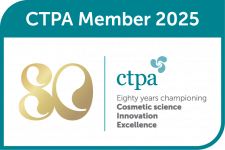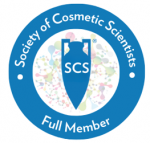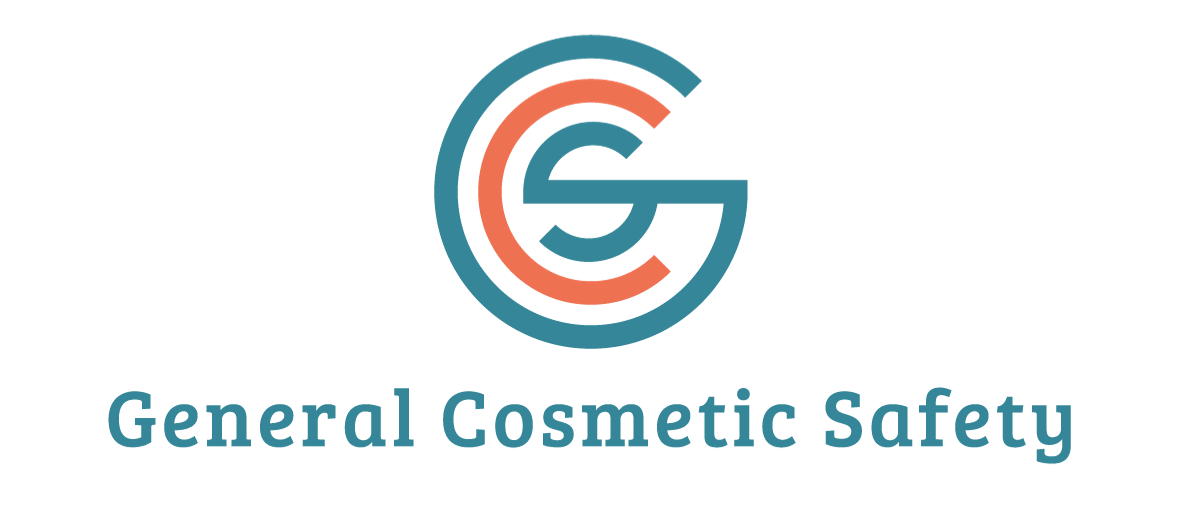Suppliers Documents – What to ask for?
 The documents you get from the supplier for your raw materials, packaging and any testing are really important to help support the compliance of your cosmetic product, and having the documents also helps you as a Responsible Person.
The documents you get from the supplier for your raw materials, packaging and any testing are really important to help support the compliance of your cosmetic product, and having the documents also helps you as a Responsible Person.
Suppliers’ documents are needed for the Product Information File, and for general record keeping purposes, as part of a Good Manufacturing Practice system.
As a Responsible Person (the legal entity) and a responsible brand owner, you want to ensure your products are safe and compliant. If your raw material supplier cannot / will not supply any of the documents listed in this article, change suppliers.
What suppliers’ documents do you need?
Not every supplier provides the same documents, but there are some key ones to be aware of:
Safety Data Sheet (SDS)
This is in a standardised format in the EU / UK. It provides information about the Hazard of the ingredient. If the ingredient does not have a Hazard Classification then it doesn’t necessarily have to have a SDS and the supplier may not provide one. They are used to support the safety of workers using the ingredient – not the end consumer.
If the raw material is a mixture, you will see in Section 3 that the mixture rarely adds up to 100% – this is because the SDS only has to list Hazardous materials.
These used to be called Material Safety Data Sheets (MSDS), but that was a number of years ago, so if your supplier’s document still says MSDS: check the date – it may be very old and out of date.
SDSs from the US and other countries can look different because the format is not globally aligned.
Sales Specification / Specification / Technical Sales Specification
There is no standardised format for this document. It is a list of tests that is carried out on the raw material and it proves that the raw material was acceptable when it left the factory. These tests may also incorporate an identity test, so the product is proven to be what is says it is, and that it has the right quality.
If you have not used the supplier before, you should not accept any document at face value. It is good practice to re-test the raw material when it is received, against the same tests in this document and record the results to show that the product is still what it says it is, and of the same quality.
For each test listed in the specification document, there will typically be an acceptable range of results e.g. water content 1-2%.
Certificate of Analysis (CofA)
There is no standardised format for this document. This is the same list of tests as the Specification document, but this time with the actual results obtained for that batch. This document is batch specific. Many suppliers will provide either the Specification document or the CofA, but not both.
Impurities
If there is a limit on a particular impurity, the amount in the raw material could be listed in the CofA or Specification document, if there is a specific test made for that impurity. Sometimes the information is available in the SDS, if the impurity has a Hazard Classification.
Documents for Perfumes
For the safety assessment, I require an SDS, IFRA certificate and allergen list for each perfume. The supplier may also provide other documents such as a CofA or specification, which you should retain.
Storing Documents
It doesn’t matter if you choose to store documents on paper or in an electronic system, according to the Cosmetic Regulations. If you store the documents electronically the usual safeguards should be in place to ensure security and confidentiality are maintained, but it does mean that your Product Information Files can be more easily stored. A paper-based system would quickly fill a storage room.
Packaging Documents for Safety
Your packaging should also be safe and compliant and the supplier should be able to provide confirmation that the packaging is acceptable. In this article, I focus on the safety aspects that feeds into the safety assessment, and not the other regulations such as waste and recycling.
There are 2 main issues with packaging for cosmetics: long supply chains and no specific cosmetic regulations to follow.
Long Supply Chain
The company that sells the container to a small producer is never the manufacturer of the container. Packaging, in particular those made of polymers, have very long and complex manufacture and supply routes. When you ask your supplier for documents, they need to go back to their supplier, and so on up the chain. If it not a reputable packaging supplier, it can be very difficult to get confirmation that a container is acceptable. Ask your supplier for a ‘declaration of compliance’.
Packaging Regulations
There are no specific cosmetic packaging regulations, but the nearest that could be used are the food contact regulations such as EC1935/2004 and EU10/2011. In addition there is a waste directive which is applicable to all packaging in the EU: 94/62/EC, which details the heavy metal limits. Suitable packaging is marked ‘for food contact’ or has a symbol on it that looks like a wine glass and a fork.
Here are some potentially useful links:
EFSA (European Food Standards Agency) information on food-contact material here
EU legislation on food contact materials
Packaging Regulations in the UK
If you package food yourself, you must use packaging that’s suitable for food use. Suitable packaging is marked ‘for food contact’ or has a symbol on it that looks like a wine glass and a fork.
Read the national legislation on food contact materials for England , Northern Ireland, Wales or Scotland here.
When reviewing packaging for safety for CPSRs, I focus on potential impurities and potential interactions. It is extremely rare that packaging causes safety issues and therefore this is a lower risk aspect of cosmetic product safety and with documentation from a supplier you can have additional reassurance that your product is as safe as can be.
Now you know more about what suppliers’ documents to ask for and which ones to retain and store.
Safety Assessor Qualifications
MSc (Distinction), University of Strathclyde
BSc (Hons) Chemistry, University of Nottingham
Certificate - Safety Assessment of Cosmetics in the EU, Vrije University Brussels
Get in Touch
If you would like to discuss any of your products or ranges, please fill out our contact form




